- Home
- Lab Supplies
- Lab Heating
.....Read More

Autoclaves & Sterilizers

Bunsen Burners, Wire Gauze, & Tubing
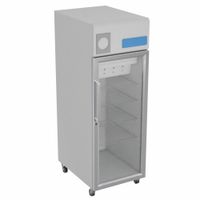
Controlled Room Temperature Cabinets

Dry Baths, Beads, & Blocks

Heating Blankets, Tapes, & Cords

Heating Mantle Controllers
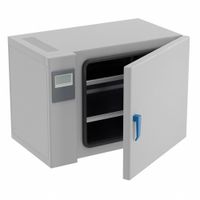
Incubators & Stability Chambers
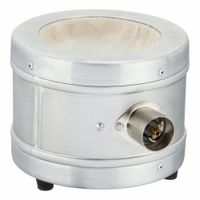
Lab Heating Mantles & Covers
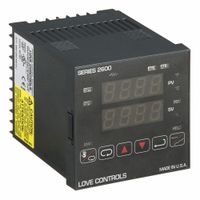
Laboratory Temperature Controllers
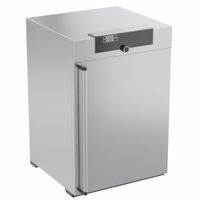
Lab Ovens & Furnaces
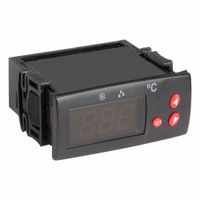
Lab Temperature Controller Accessories
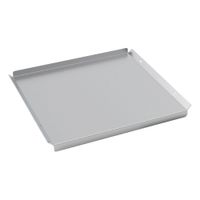
Shelves, Gaskets & Water Sets for Lab Heating Equipment
Frequently Asked Questions
What are the different types of lab heating products and their uses?
How do lab ovens and furnaces differ in their applications?
What is the ideal temperature range for incubators and stability chambers?
How do heating blankets, tapes, and cords work for irregularly-shaped samples?
What are the safety precautions for using autoclaves and sterilizers?
How do controlled-room temperature cabinets maintain precise temperatures?
What are the advantages of using dry baths, beads, and blocks over water baths?
How do Bunsen burners and wire gauze ensure even heating of samples?
What are the benefits of using lab heating mantles over open flames?
How do lab temperature controllers prevent heat loss and maintain sample integrity?